Garden Moss Types: Varieties Of Moss For Gardens
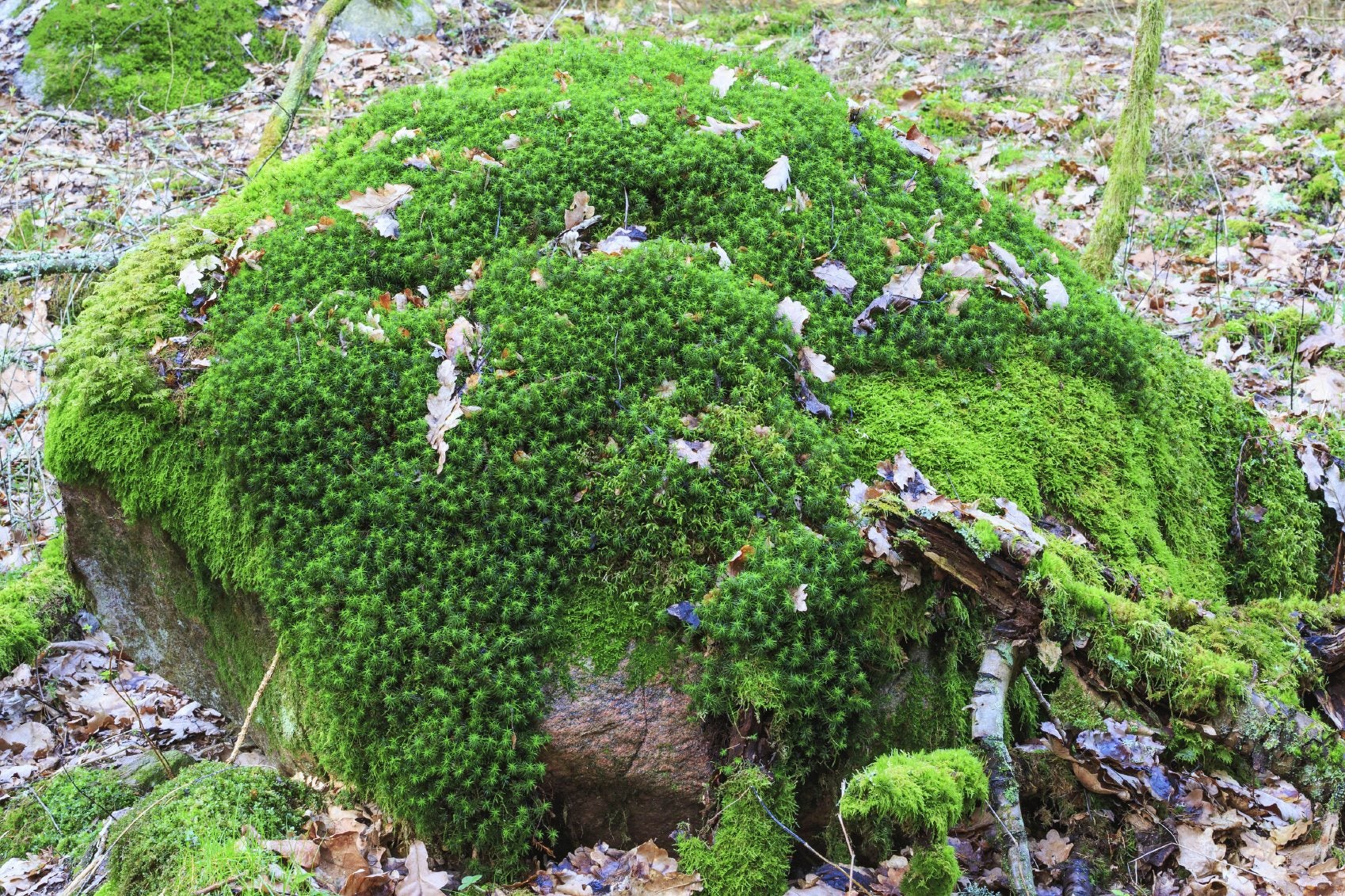

Moss is the perfect choice for that spot where nothing else will grow. Thriving on just a little bit of moisture and shade, it actually prefers compacted, poor-quality soil, and will even be happy with no soil at all. Keep reading for more information about different types of moss and how they can fit into your garden.
Different Types of Moss
There are 22,000 varieties of moss worldwide, so you have quite a few options. A good way to narrow down your choices in what garden moss types to use is to determine what you want to do with your moss. Nothing says a lawn has to be grassy, and a damp, highly shaded yard, in particular, may perform much better with a type of moss that can handle high foot traffic. Moss lawns are attractive too. Moss can also be used as the lowest level in a shade garden to make for another tier in an arrangement of differing heights. It can provide color and texture between bricks and paving stones. It can also be the centerpiece of your garden, particularly if different varieties are used and different heights are achieved with the placement of stones.
Moss Varieties for the Garden
There are a few moss varieties that are especially popular for home cultivation.
- Sheet moss is very easy to grow and can withstand foot traffic, making it an excellent choice for a lawn alternative or breakup between paving stones.
- Ceratodon moss is also good between stones.
- Cushion moss grows up to form a ball-like structure that changes color from dry to wet, making it a good choice for a more moss-centric garden.
- Rock cap moss clings to stones. It’s good for mossy gardens or accents on stones in flower gardens.
- Haircap moss grows relatively tall and looks like a tiny forest. It provides a good height contrast against other moss.
- Fern moss is fast-growing and strong, and another good grass alternative in shady yards.
Now that you know a little more about moss for gardens, why not experiment with growing some for your landscape.
Gardening tips, videos, info and more delivered right to your inbox!
Sign up for the Gardening Know How newsletter today and receive a free copy of our e-book "How to Grow Delicious Tomatoes".

The only child of a horticulturist and an English teacher, Liz Baessler was destined to become a gardening editor. She has been with Gardening Know how since 2015, and a Senior Editor since 2020. She holds a BA in English from Brandeis University and an MA in English from the University of Geneva, Switzerland. After years of gardening in containers and community garden plots, she finally has a backyard of her own, which she is systematically filling with vegetables and flowers.
-
 Looking For Plants To Give You The Soft And Fuzzies? Try These 5 Fuzzy Leaf Plant Options
Looking For Plants To Give You The Soft And Fuzzies? Try These 5 Fuzzy Leaf Plant OptionsLovers of texture, drama, silver foliage and tactile plants will adore these special sensory garden additions. These fuzzy leaf plant options will leave you all aglow
By Susan Albert
-
 Get Ready For A Summer Of Hummers! Grow These Full Sun Hummingbird Plants and Flowers
Get Ready For A Summer Of Hummers! Grow These Full Sun Hummingbird Plants and FlowersIf you’re lucky enough to enjoy a sunny backyard, make sure you are maxing out on your pollinator opportunities and grow these full sun hummingbird plants and flowers
By Tonya Barnett
-
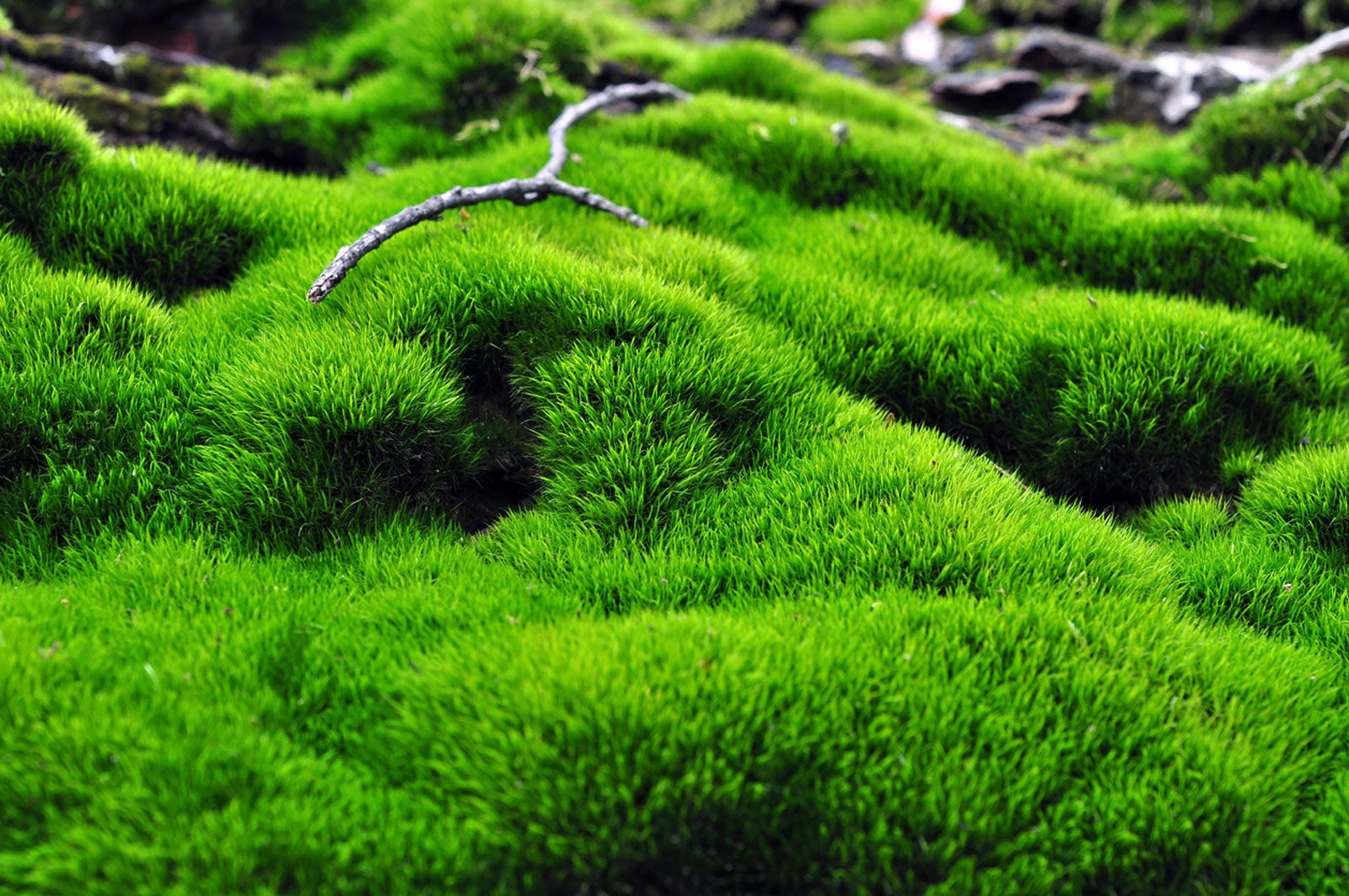 How To Kill Weeds Not Moss – Removing Weeds From Moss Gardens
How To Kill Weeds Not Moss – Removing Weeds From Moss GardensPerhaps you're contemplating turning part of your yard into a moss garden. But what about weeds? After all, removing weeds from moss by hand sounds like a lot of hard work. Luckily, controlling weeds in moss is not difficult. Learn how to kill weeds, not moss in this article.
By Laura Miller
-
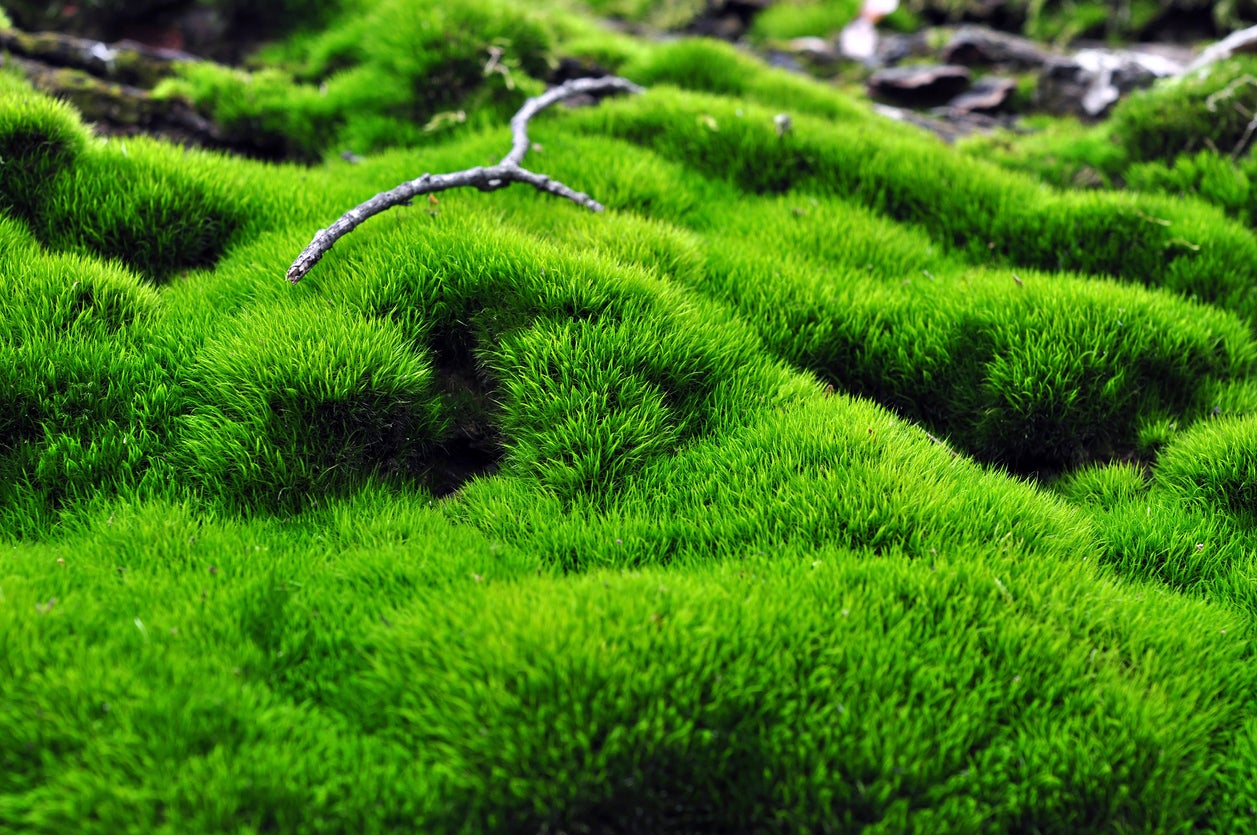 Blended Moss Information – How To Make And Establish A Moss Slurry
Blended Moss Information – How To Make And Establish A Moss SlurryAlso known as “blended moss,” moss slurry is the easiest and quickest way to get moss to grow in difficult locations of the garden. With a lot of slurry, you can even create a moss lawn. It isn’t difficult to establish a moss slurry, so click here to learn how.
By Mary H. Dyer
-
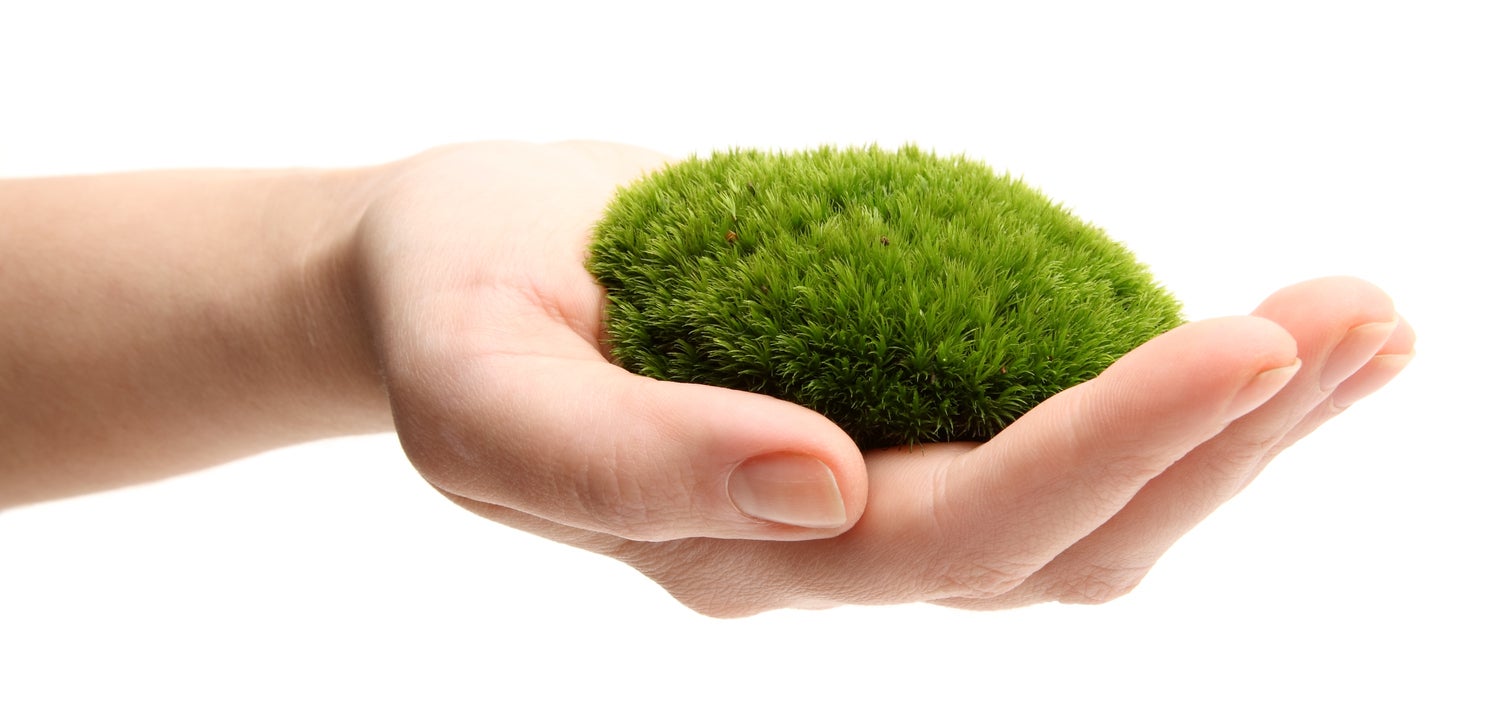 Is Yogurt Good For Moss – How To Grow Moss With Yogurt
Is Yogurt Good For Moss – How To Grow Moss With YogurtWhile several techniques for growing moss have been debunked as false, many still try their hand at it. One technique uses yogurt as a catalyst for encouraging the spread of moss. But does moss grow on yogurt and is this just another falsehood? Learn more here.
By Tonya Barnett
-
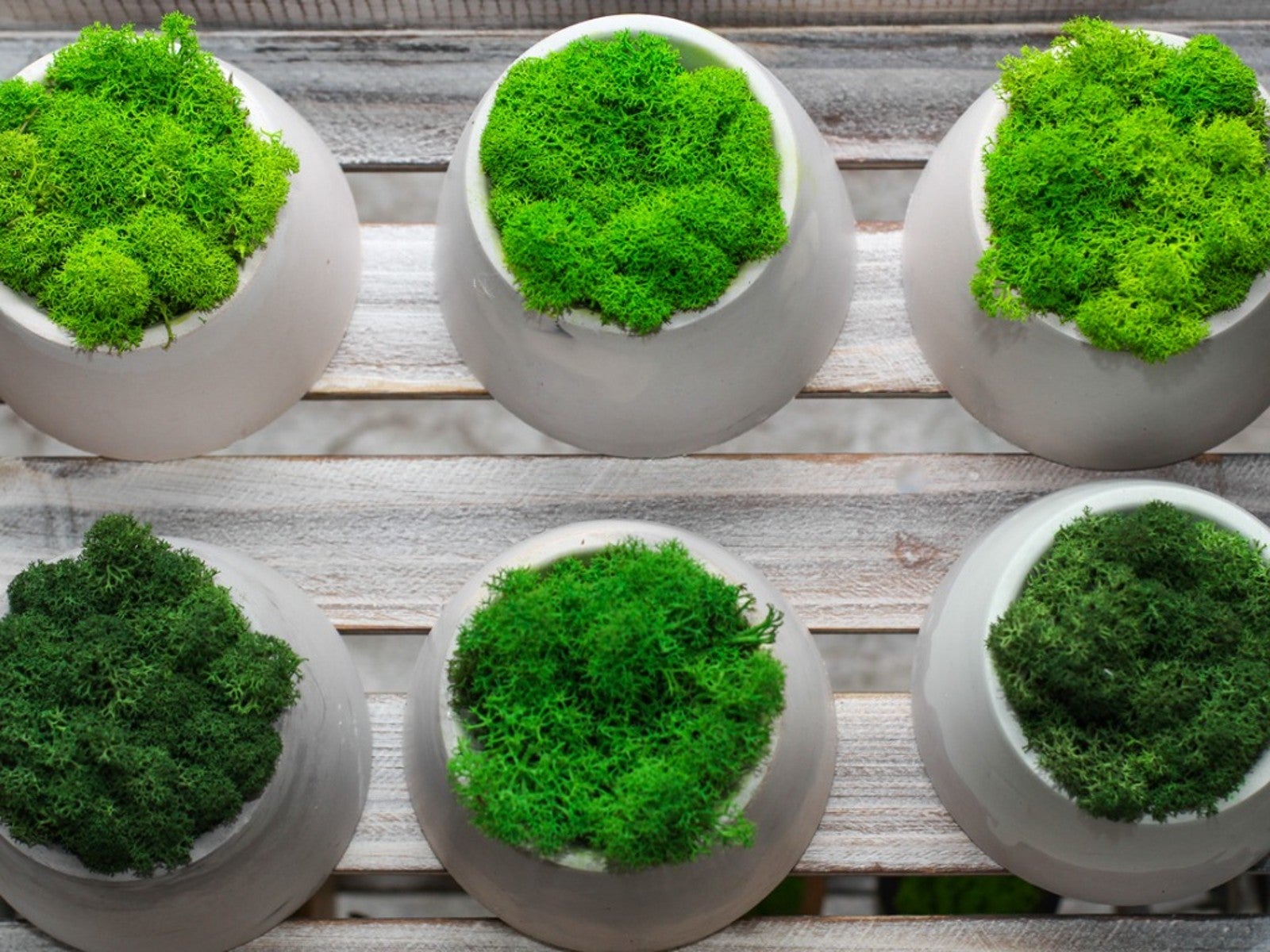 Container Grown Moss – How To Grow Moss In A Pot
Container Grown Moss – How To Grow Moss In A PotMosses are fascinating little plants that form luxurious, bright green carpets, usually in shady, damp, woodland environments. If you can replicate this natural environment, you won't have any trouble growing moss in plant pots. Click here to learn more.
By Mary H. Dyer
-
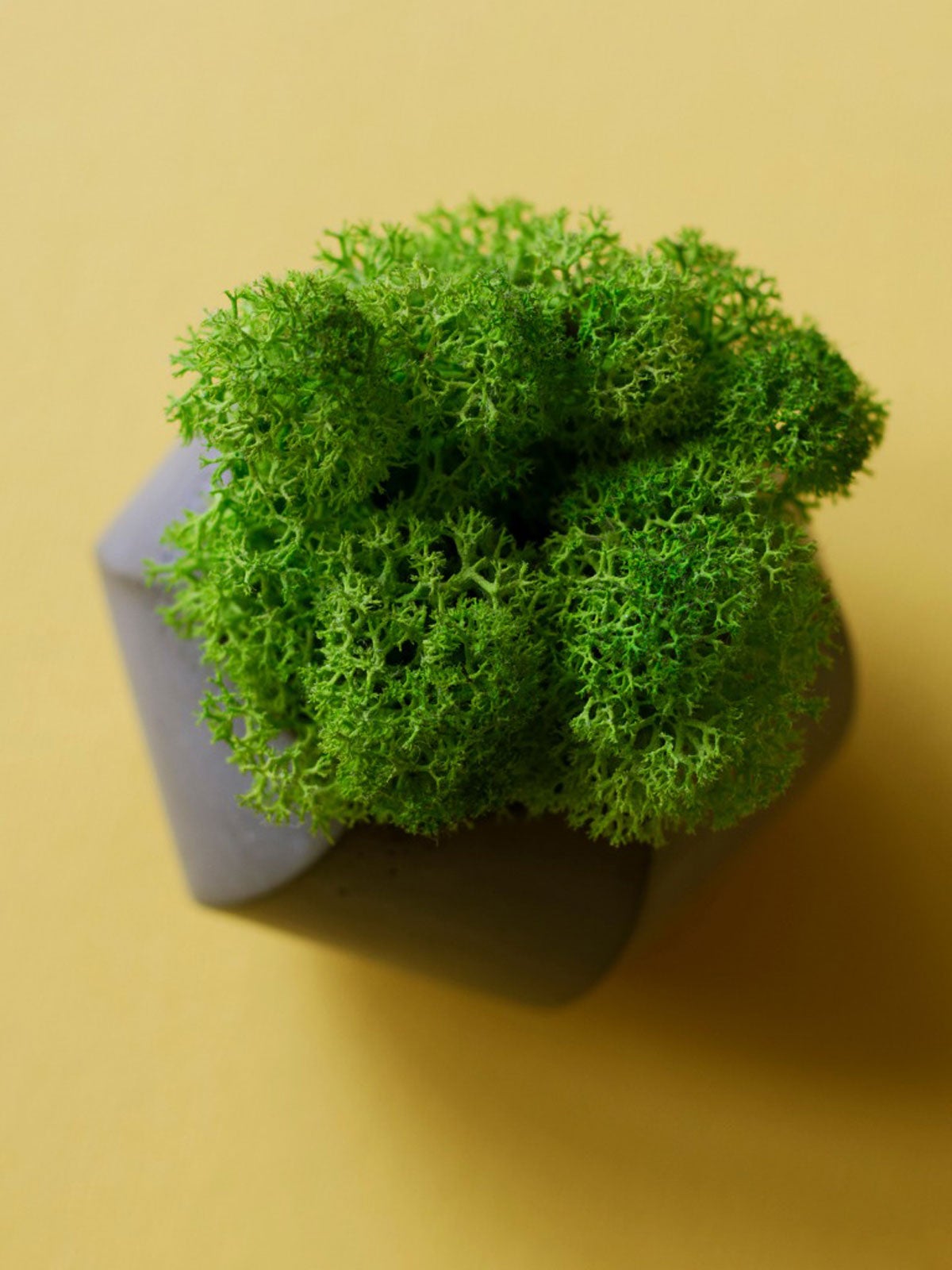 Keeping Moss Indoors: Care For Growing Moss Indoors
Keeping Moss Indoors: Care For Growing Moss IndoorsIf you've ever seen trees covered in moss, you may have wondered can you grow moss indoors. Growing moss indoors is easy with the info from this article.
By Anne Baley
-
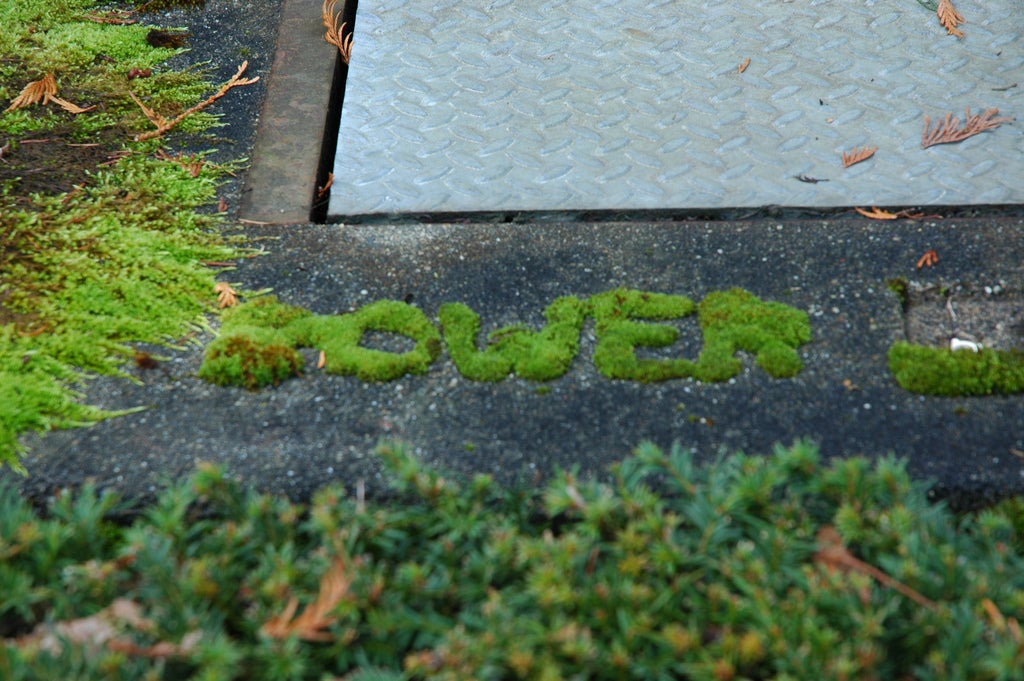 What Is Moss Graffiti: How To Make Moss Graffiti
What Is Moss Graffiti: How To Make Moss GraffitiEver seen artwork growing in moss on a wall or building? This is the latest in ecological guerrilla gardening - moss graffiti art. Learn more about this unusual art form in the following article.
By Anne Baley
-
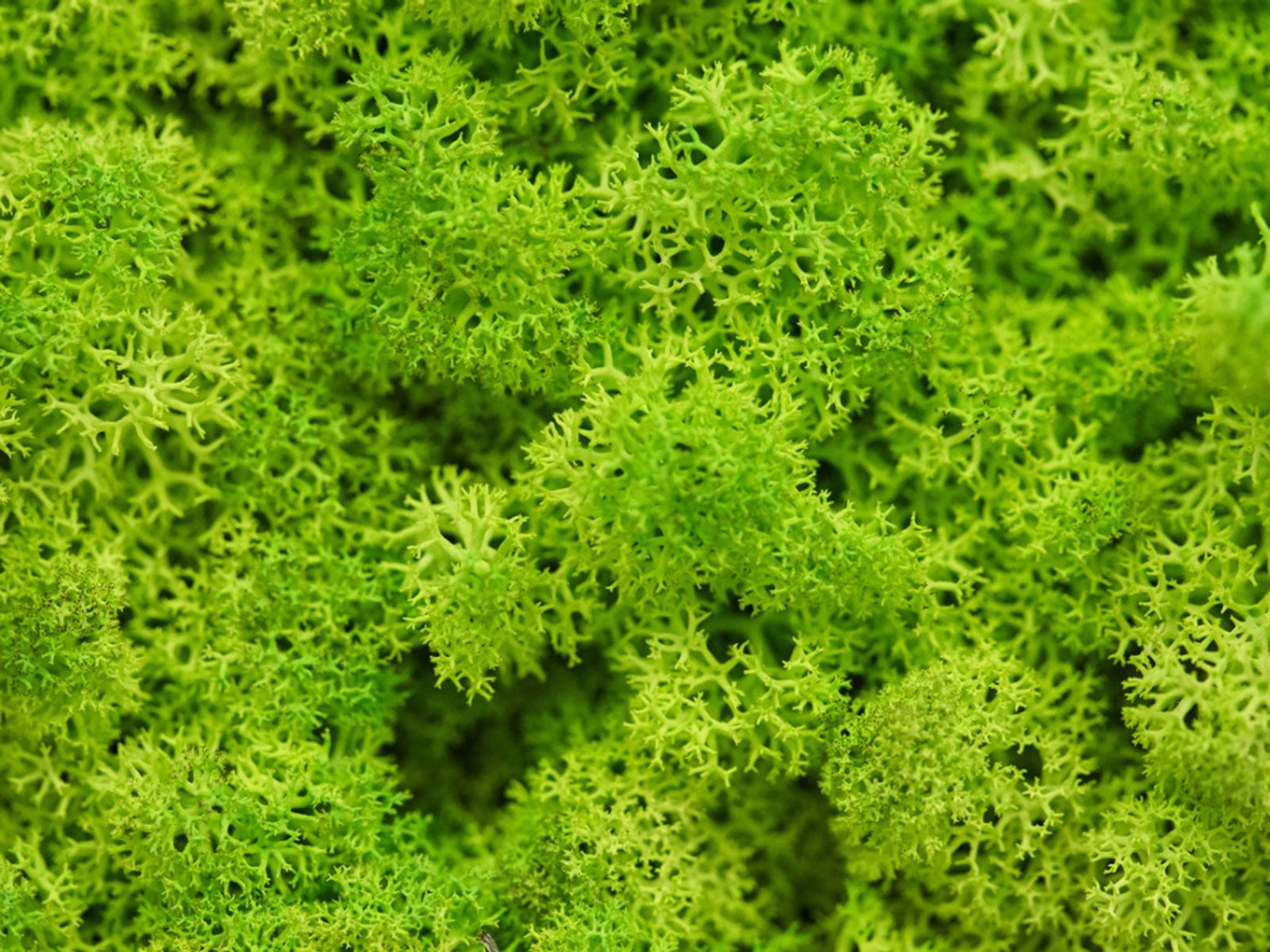 Moss Propagation: Learn About Transplanting And Propagating Moss
Moss Propagation: Learn About Transplanting And Propagating MossMosses thrive in areas where other plants struggle. Moss doesn't actually have a root system or seeds like most garden plants do, so propagating moss is achieved using info from this article.
By Anne Baley
-
 Moss Gardens - Tips For Growing Moss In Your Garden
Moss Gardens - Tips For Growing Moss In Your GardenGrowing moss is a lovely way to add a little something extra to a garden. Growing moss is not hard at all, but doing it successfully requires that you have a little bit of knowledge. This article can help with that.
By Heather Rhoades